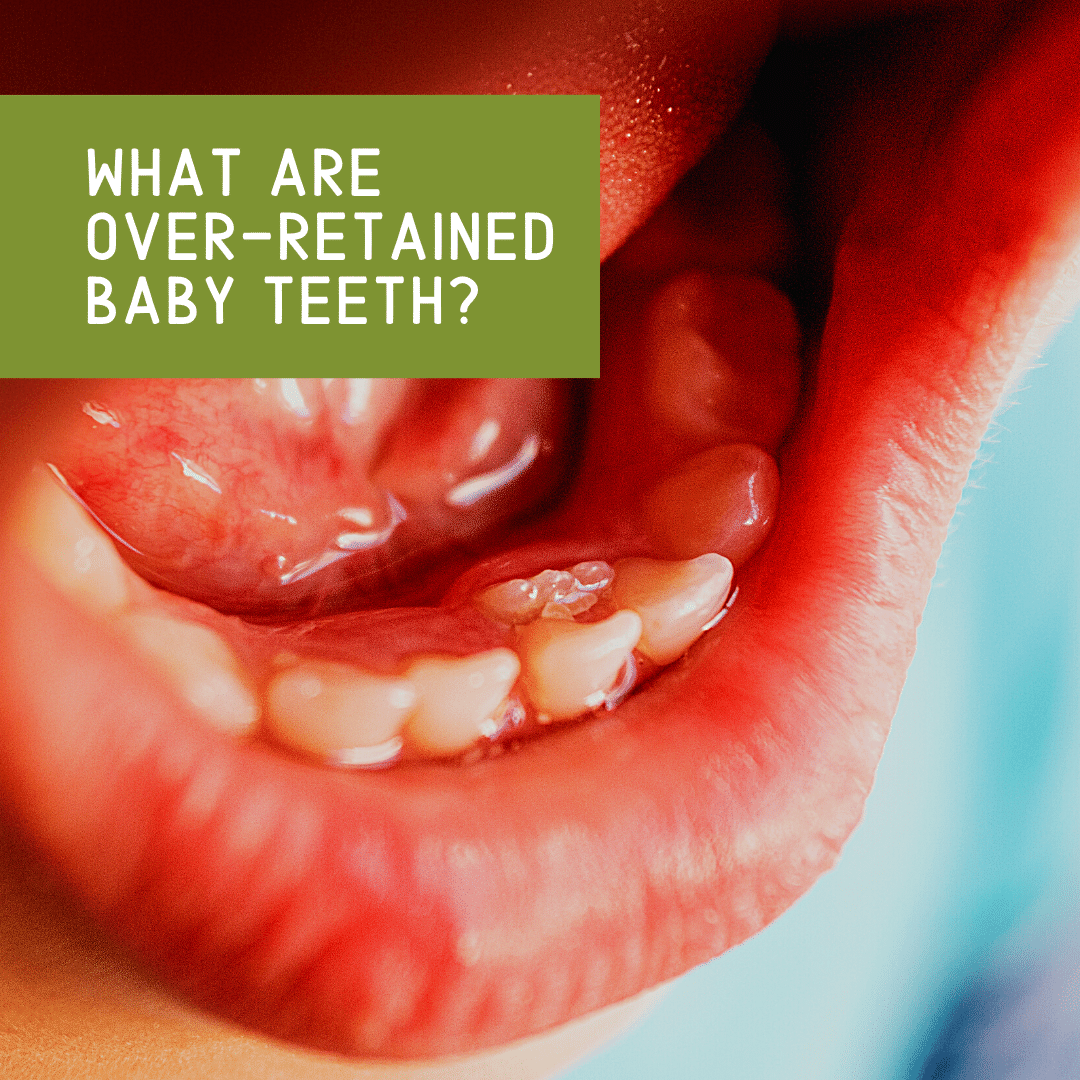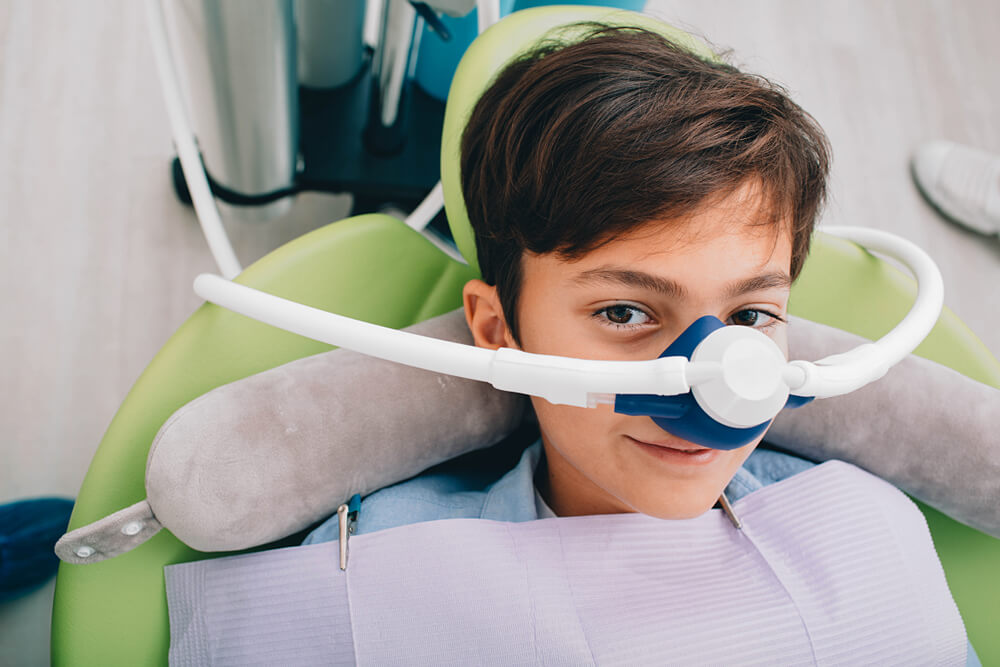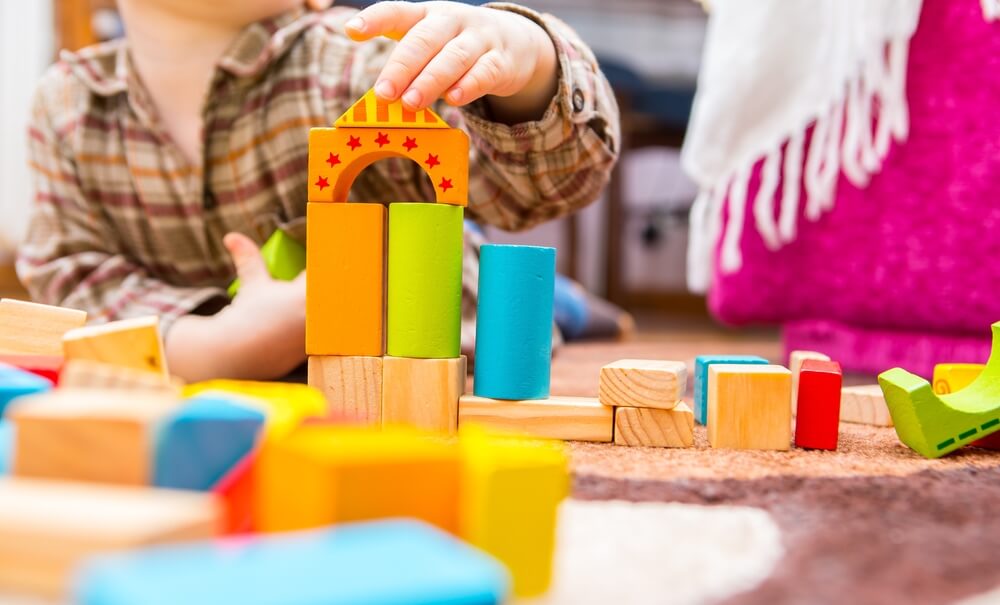Between the ages of 6 and 7, you can expect your child to lose their first baby tooth. In most cases, the bottom front teeth usually become loose and fall out first. When primary teeth are lost, this allows the permanent teeth to erupt in their place. However, there are cases where your child may not lose their primary teeth, but their permanent teeth start to erupt anyway. When this happens, these primary teeth are known as over-retained baby teeth.
Over-retained baby teeth are defined as primary teeth that remain in place for more than a year after they are supposed to naturally fall out. Since it can be hard to identify over-retained baby teeth due to the fact that primary teeth are lost at different ages, it may be helpful to consult a tooth loss chart to determine when certain teeth are expected to be lost. While your child is likely to have some variation from the chart, this will at least give you a general idea as to whether their teeth are being lost and erupting properly.
Does my child have over-retained baby teeth?
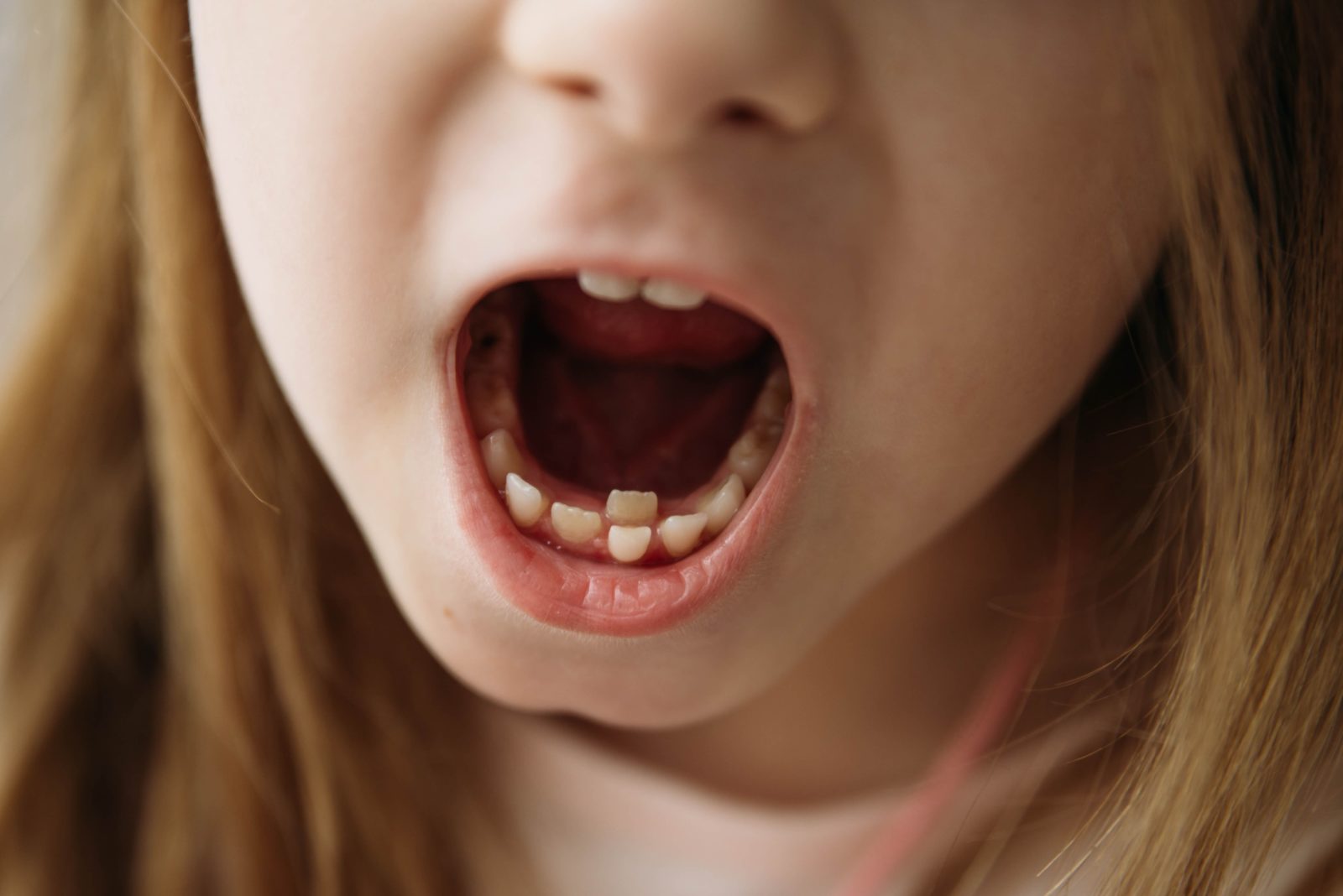
While over-retained baby teeth can only be diagnosed accurately by your child’s pediatric dentist, your child may have an over-retained baby teeth if one or more primary teeth is not becoming loose or falling out within a year of the suggested timeline. The most common primary tooth to be retained is the second molar, however any tooth could potentially be affected by over-retention.
What are the causes of over-retained baby teeth?
Oftentimes, over-retained baby teeth can occur as a result of a missing permanent tooth. Basically, if there is no permanent tooth waiting to erupt into the empty space, the primary tooth will simply remain in place. Although rare, about 2-8% of children are affected by hypodontia, which is the absence of 1-5 teeth. Other potential causes of over-retained teeth include the primary teeth being fused to the jawbone, impacted permanent teeth, trauma, or infection. In order to determine why your child’s primary teeth are not being lost, you will need to consult with your child’s pediatric dentist.
How are over-retained baby teeth treated?
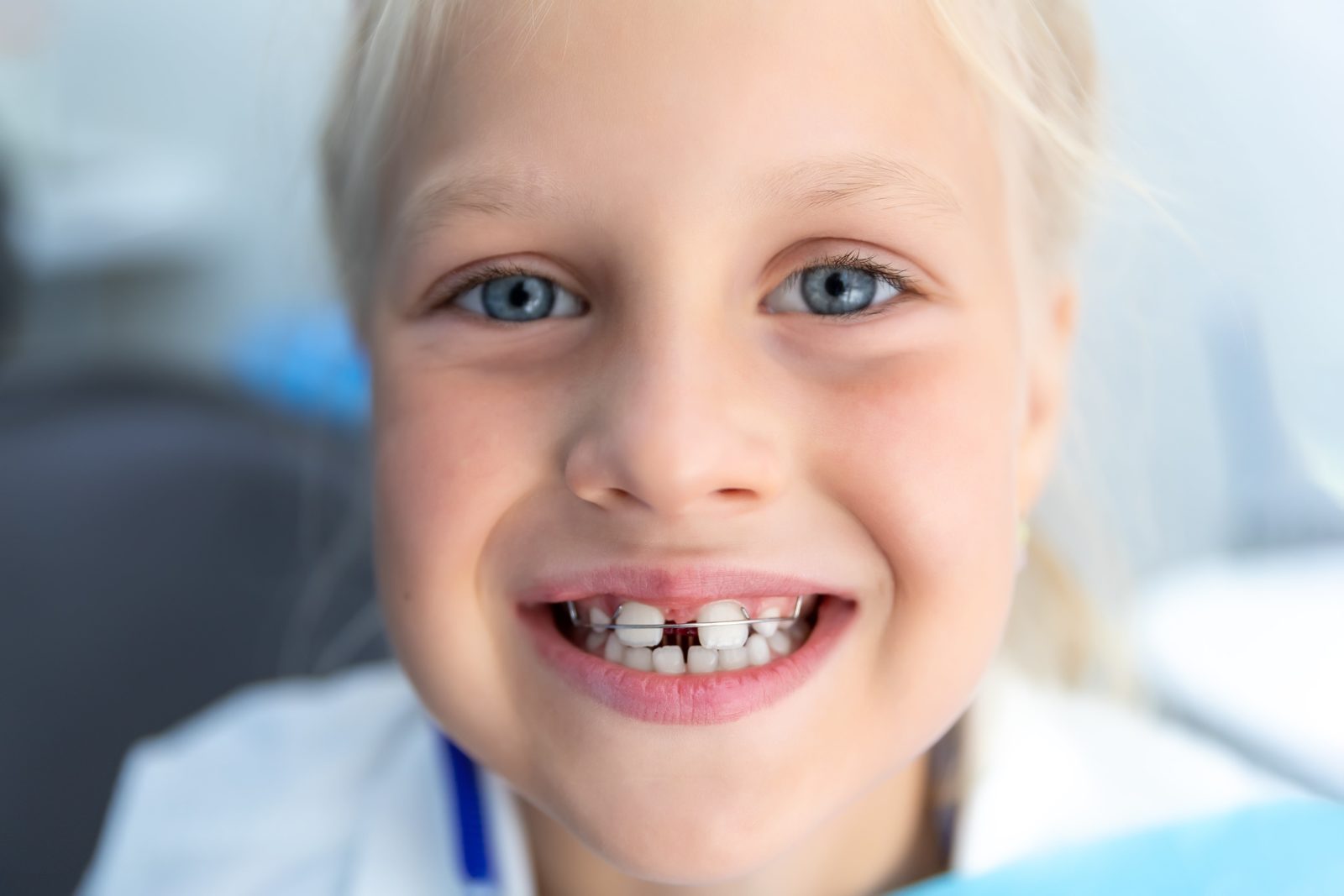
Over-retained baby teeth can cause several problems such as infraocclusion, occlusal trauma, and distema. Infraocclusion is when one or more teeth fail to project as far as the normal occlusal plane. When this happens, opposing teeth are not able to meet up properly and the bite becomes uneven. This can lead to occlusal trauma, or damage to the teeth from them not aligning properly and causing excess force to be exerted in certain areas. Finally, since baby teeth are smaller than permanent teeth, over-retained baby teeth can result in distema, or gaps between the teeth.
There are few different ways your child’s pediatric dentist may opt to treat over-retained teeth. In cases where the primary tooth and root are both structurally, functionally, and aesthetically sound, they may simply elect to leave the tooth in place. When the tooth remains in place, orthodontics may be used to prevent bite problems. Additionally, a crown may be placed on the tooth to give it the look and size of an adult tooth.
However, in cases where the primary tooth is fused to the bone, decayed, causing overcrowding, or structurally weak, your child’s dentist may recommend extraction. When this is the case, your child’s tooth is usually replaced with a partial denture until they reach their late teens at which point a dental implant can be used.

